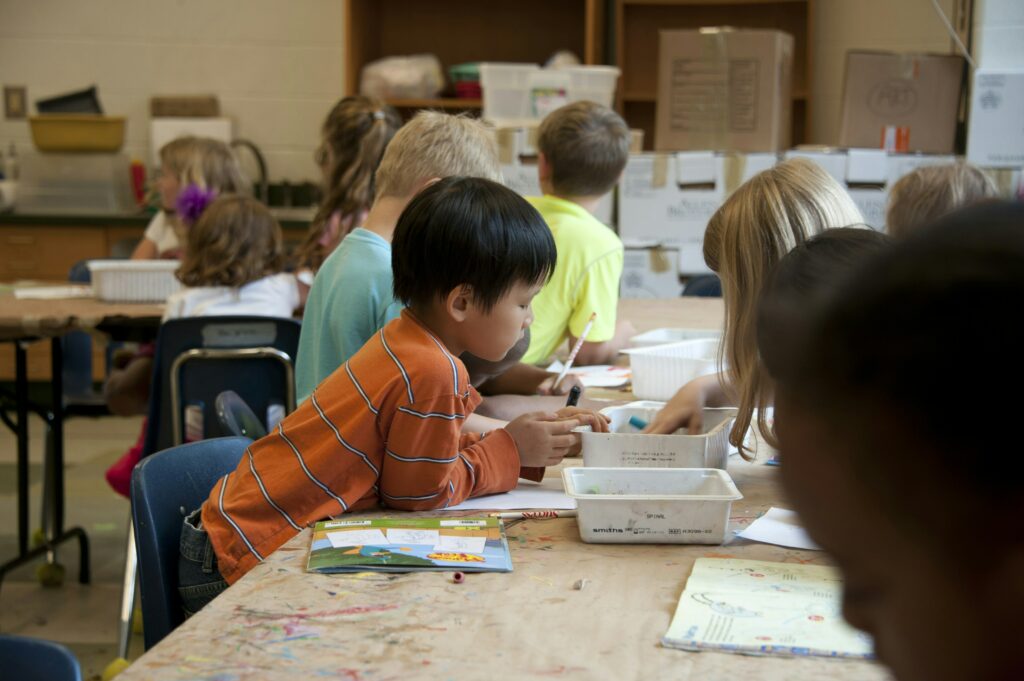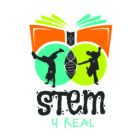Have you ever wondered about the role curiosity plays in the learning environment? In the world of education, where control often takes precedence, fostering a curiosity-friendly atmosphere can be transformative. Albert Einstein once remarked, “It is a miracle that curiosity survives formal education,” highlighting the tendency of structured education to stifle natural curiosity. However, embracing curiosity is not just a liberating mindset; it has profound implications for our brain health.
It is a miracle that curiosity survives formal education
Albert Einstein
The Neurological Wonders of Curiosity

Research has shown that curiosity is linked to increased neuroplasticity, the brain’s ability to form new neuronal connections. Neuroscientist Donald Hebb’s famous saying, “What fires together, wires together,” underscores the idea that connections strengthen with repeated firing of neurons. The exciting news is that cultivating curiosity is within our grasp, making it a perfect New Year’s resolution.
What fires together, wires together
Neuroscientist Donald Hebb
Fostering Curiosity in Education Through Open-Minded Questioning
Encouraging curiosity involves fostering open-minded questioning among ourselves, students, and colleagues. Open-ended questions and thought-provoking discussions in a safe space can broaden the horizon of possibilities and stimulate neurochemicals like dopamine, enhancing learning and memory. Notably, asking questions aligns with the Science and Engineering Practice, offering a powerful motivator for learning.
The Multifaceted Benefits of Cultivating Curiosity
Curiosity is more than just a cognitive tool; it comes with a myriad of benefits. Studies suggest that curious individuals are more likely to seek out and retain information (Berlyne, 1960), have reduced stress (Fredrickson, 1998), have greater joy and life satisfaction (Kashdan, 2017), are more adaptable and flexible in thinking (Kashdan, 2009), have a growth mindset that leads to lifelong learning (Dweck, 2006), and being curious can foster meaningful connections with other humans (Kashdan, 2007).
Integrating Personal Curiosity Stories into Education

As educators, we have the opportunity to weave our personal curiosity stories into the learning experience. Sharing unexpected narratives activates students’ prior knowledge and connects classroom content to the real world. A surprising aspect emerged during my research on curiosity – the researchers conducting the study identified their race as white (Roberts et al., 2020). If you’re curious about this angle and wish to delve deeper, the article is freely accessible (Roberts, S. O., Bareket-Shavit, C., Dollins, F. A., Goldie, P. D., & Mortenson, E. (2020). Racial Inequality in Psychological Research: Trends of the Past and Recommendations for the Future. Perspectives on Psychological Science, 15(6), 1295-1309. https://doi.org/10.1177/1745691620927709)
Building a Diverse Narrative: Your Curiosity Stories
How are you encouraging exploration, inquiry, and curiosity in your learning environments? I would love to read your story. Let’s collect a more diverse story about curiosity as it plays out in your learning spaces in 2024. Email us a story about you or your students engaging in a curious endeavor at info@stem4real.org.
Curious about more research? Check out the work of researchers investigating curiosity-driven exploration and learning:
- Kang, M. J., Hsu, M., Krajbich, I. M., et al. (2009). The Neural Basis of Curiosity-Driven Exploration in Humans. Neuron, 63(6), 429-436. https://doi.org/10.1016/j.neuron.2015.09.010
- Oudeyer, P. Y., Kaplan, F., & Hafner, V. V. (2007). Curiosity and Learning: A Computational Model of the Dynamics of Surprise. Topics in Cognitive Science, 1(3), 492-510. https://doi.org/10.48550/arXiv.1802.10546
- Kashdan, T. B., Rose, P., & Fincham, F. D. (2004). The Power of Curiosity. Psychological Science, 15(10), 729-735. https://doi.org/10.1207/s15327752jpa8203_05
Let’s continue to unlock the power of curiosity in education and create a future where learning is fueled by a limitless desire to know more.

